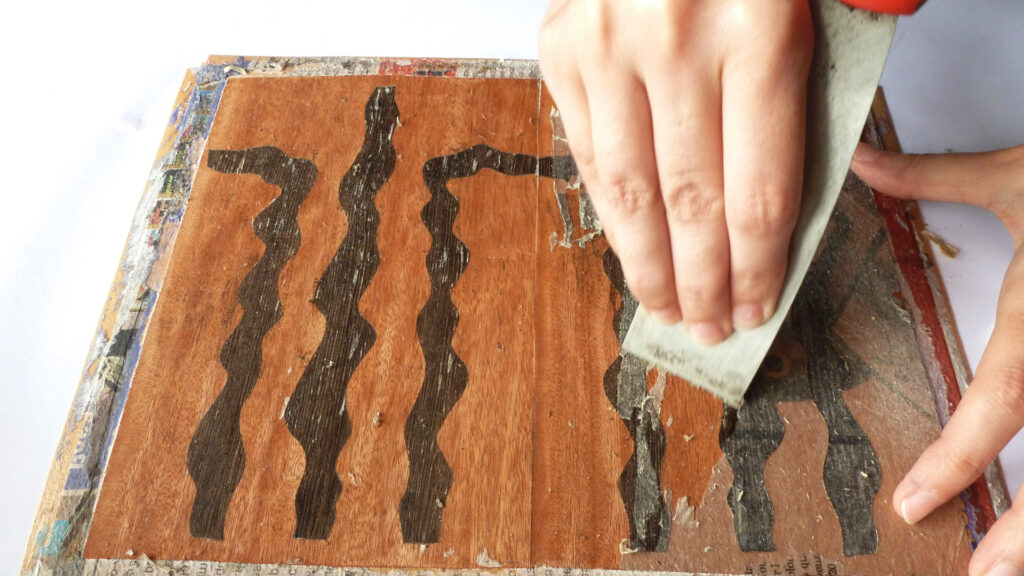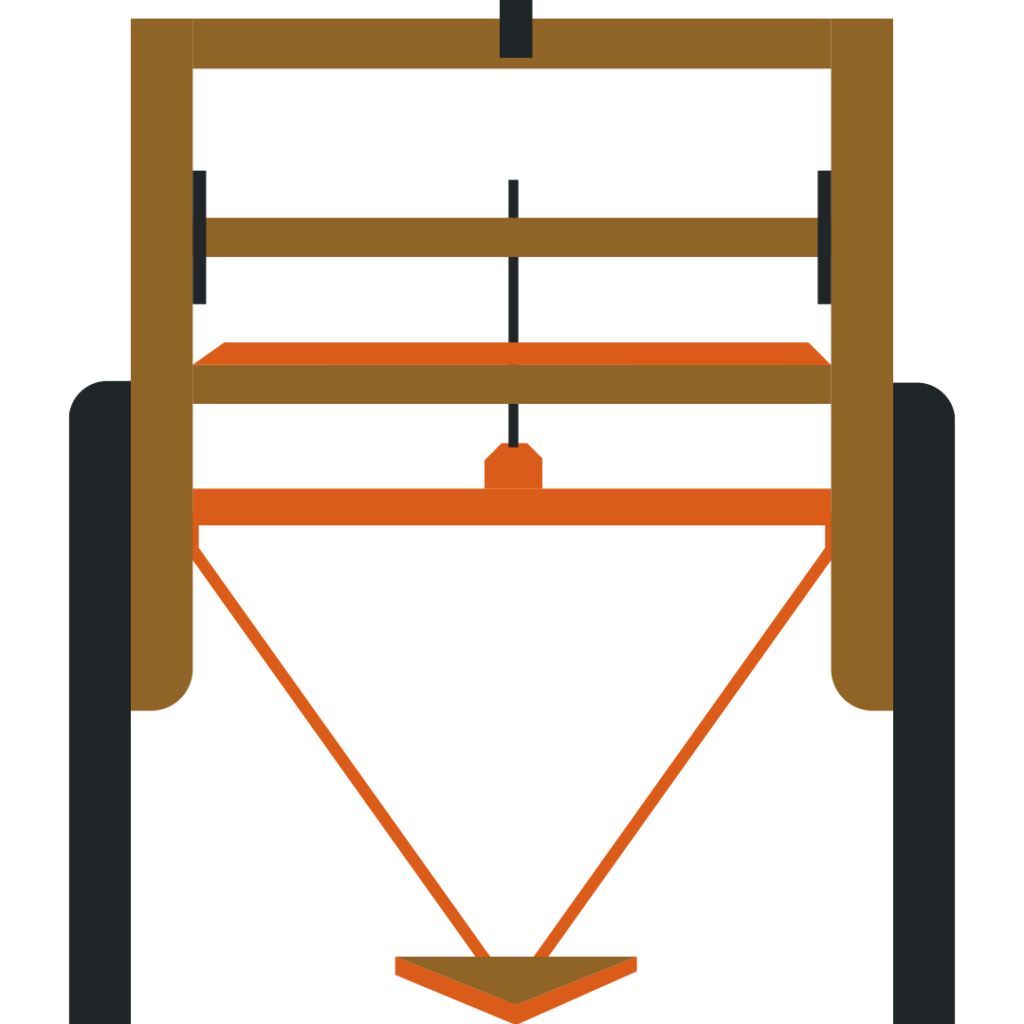Certainly, you have admired an antique piece of furniture without realizing it was adorned with marquetry, an artistic technique that has beautified objects since ancient times. Here, I will simply explain what marquetry is, how it has evolved over the centuries, and how it is used today, even in modern creations like jewelry and belt buckles.

Origins of Marquetry
Marquetry is an art that involves embedding pieces of wood of different colors and textures into a surface to form images or patterns. This art originated in ancient Egypt, where it was used to decorate the furniture of pharaohs. Over the centuries, the technique was refined in Europe, especially in Italy and France, where it became a popular way to decorate furniture and panels during the Renaissance.
The popularity of marquetry grew during the 16th and 17th centuries, reaching its zenith in the Baroque period. Artisans during this time developed increasingly complex and detailed techniques, using a variety of woods and other materials like mother-of-pearl, bone, and metal to create increasingly elaborate compositions. These works not only demonstrated the status and wealth of their owners but also reflected the high level of skill of their creators.
The Key Tool: The Crossbow Saw
A crucial tool in the creation of marquetry is the Crossbow Saw. This particular saw has no motor and operates manually via a pedal that controls the movement of the saw blade. This allows for very precise and detailed cuts in the wood, which is essential for perfectly fitting each piece of the design. Handling this tool requires skill and precision, and it is a technique that has been passed down from generation to generation.

The Technique of Marquetry
Design and Planning
Each marquetry project starts with a detailed design. The woods to be used are carefully selected, considering their colors and grains to complement the overall design. Each cut is planned so that all pieces fit perfectly together.
Preparation of the Wood Veneers
Before you begin cutting, it’s crucial to prepare the wood veneers. This is done by gluing a sheet of newspaper with hot glue to one side of the veneer. This step prevents the veneer from breaking during the sawing process. The prepared veneer is then left to dry in a press overnight, ensuring it is stable and ready for further work.
Sawing the Wood
Using the Crossbow Saw, the thin veneers are cut following the previously traced design. This step requires great precision and patience, as an incorrect cut could mean starting over. Each piece is cut in such a way that it aligns perfectly with its neighbors, creating a smooth and even surface.

Shading
Some marquetry designs require a shading effect to add depth and dimension to the final work. This technique involves placing the freshly cut pieces into hot sand, which gives them a toasted tone. For example, in a floral design, each petal would be shaded, giving a sense of depth and realism that makes the piece come alive more vividly.

Assembly
Once all pieces are cut, the assembly of the marquetry begins. They are carefully placed on the base surface, ensuring each piece fits perfectly with the others. This process is like putting together a puzzle, where each piece has a specific and essential place. Precision in this step is crucial, as any error can impact the final outcome.

Pressing
After the marquetry is assembled, the next step is pressing. This process involves gluing all the pieces together to ensure they stay fixed. Hot glue is applied to the joints, and then the artwork is placed in a press. It remains in the press for 24 hours until the glue completely dries, thus ensuring that all the pieces are firmly bonded and the surface is even.

Gluing and Paper Removal
With the marquetry already pressed and having a thickness of approximately 0.8mm, it’s time to glue it onto its final support, whether it be a picture frame, a piece of jewelry, or a buckle. White glue is used for this process, and again, the piece is left in the press until the next day to ensure proper drying. Once dry, it is necessary to remove the newspaper paper that was initially glued on to protect the veneer. The paper is removed by moistening it with water and using a spatula, being careful not to damage the delicate marquetry.

The Final Finish
The Final Step is the Finish This involves sanding the surface to make it completely smooth and applying a varnish or oil that protects the wood and enhances the beauty of the design. Finishing not only enhances the appearance of the work but also protects the wooden pieces from damage and wear over time.
Modern Marquetry
Although marquetry is an ancient art, it can also embrace a very modern and contemporary style. For instance, I have created marquetry paintings with contemporary designs that fit modern decor. Moreover, I have explored how this art can be applied to the making of smaller, more personal items, such as jewelry, watches, and belt buckles. These products blend the tradition of marquetry with a modern and functional twist, offering unique pieces that capture the beauty of wood in innovative ways.
The challenge of adapting marquetry to modern shapes and functions has been a rewarding experience. By utilizing traditional techniques, I have been able to create designs that reflect contemporary trends and meet current demands for style and functionality.

Why Choose Marquetry?
Choosing marquetry means appreciating the history and art of woodworking. Each piece of marquetry is unique, crafted with techniques that have been perfected over centuries. It’s a way to have a piece of history and art in your home or to carry with you as an accessory. Moreover, it is a sustainable way to create beauty, using natural resources consciously and respectfully.
In conclusion, marquetry is not just an art of the past; it is a living technique that continues to evolve and adapt to new styles and uses Whether in an antique piece of furniture or in a modern wooden watch, marquetry remains an artistic expression known for its beauty and precision. This art form, which has adorned everything from palaces to modern homes, continues to be a popular choice for those who value craftsmanship and aesthetics in their decor.


